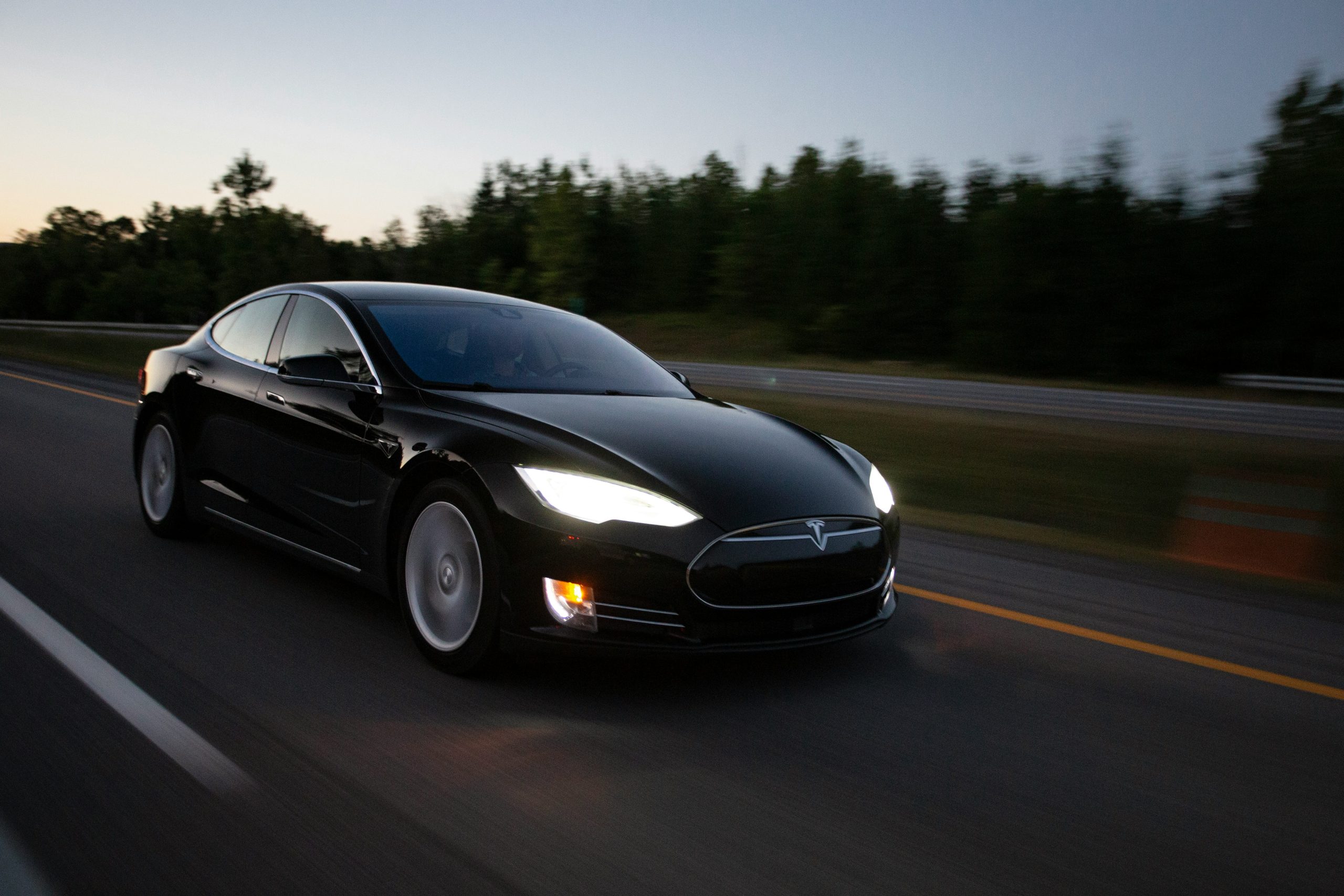
By: Otaiba Ahsan
If you’ve driven a Tesla before, then you know they have incredible acceleration thanks to the electric motor system allowing for instant torque. In other words, there’s no gear shifting so the vehicle is much more efficient. A lot of owners I talk to know their cars can go fast, but aren’t really aware of the true numbers themselves. So, how fast can your Tesla go? Continue reading for more.
Before You Read
Before we look at each model of the Tesla, let’s set out some guidelines to make this an easier read. We’ll be looking at each available trim for all the models and will provide both the 0 to 100 km/h time, as well as the top speed.
These numbers will be based on what’s currently stated on Tesla’s site for their brand-new 2024 models, and are therefore subject to change over time. For the most up-to-date numbers, visit the Tesla site. Now that we’ve got all that out of the way, let’s dive in!
Model 3
The Model 3 is the common entry point for many electric vehicle (EV) adopters who are looking for a Tesla. Currently, there are three trims available, and here’s how their speed breaks down:
- Rear-Wheel Drive (Single Motor): The cheapest Tesla still boasts a respectable 0 to 100 km/h of 6.1 seconds and a top speed of 201 km/h.
- All-Wheel Drive (Dual Motor): Often referred to as the Model 3 “Highland” after its design refresh, this trim can get you from 0 to 100 km/h in just 4.4 seconds and can go up to 201 km/h as well.
- Performance (Dual Motor): The fastest and most expensive of the bunch, the Performance trim has a 0 to 100 km/h of just 3.7 seconds and a top speed of 260 km/h.
Model Y
This crossover SUV still remains the most popular and best-selling vehicle for Tesla around the world. Like the Model 3, there are three trims that you can choose from, here’s how fast they can go:
- Rear-Wheel Drive (Single Motor): This has the slowest acceleration among all Tesla vehicles, boasting a 0 to 100 km/h of 6.9 seconds but a top speed of 217 km/h.
- All-Wheel Drive (Dual Motor): An extremely popular trim which has a 0 to 100 km/h of 5.0 seconds and can go up to 217 km/h also.
- Performance (Dual Motor): Lastly, the zippiest of all three options with a lightning 0 to 100 km/h of 3.7 seconds and a speed that tops out at 250 km/h.
Model S
The extremely polished, flagship Tesla was the first for many owners who were able to get their hands on it during the early days of the company. Available in two trims, here are the numbers:
- All-Wheel Drive (Dual Motor): The baseline trim for this car is a beast, with 0 to 100 km/h in just 3.2 seconds and a top speed of 209 km/h.
- Plaid (Tri-Motor): This is the fastest production car currently available, with an official 0 to 100 km/h of 2.1 seconds, but it has also been reported to be 1.99 seconds. The Plaid Model S tops its speed out at an outstanding 322 km/h!
Model X
The luxurious full-sized SUV is iconic for its falcon wing doors. Don’t let its size fool you though because this car can go fast. It’s available in two trims, here’s how the numbers look:
- All-Wheel Drive (Dual Motor): The entry-level trim can get you a more than respectable 0 to 100 km/h in 3.9 seconds and a top speed of 240 km/h.
- Plaid (Tri-Motor): This is the most expensive vehicle on the list, but can get you from 0 to 100 km/h in just 2.6 seconds and tops out at 262 km/h.
The Bottom Line
So, how fast can your Tesla go? The Model 3 and Y provide incredible speed and acceleration when compared to similarly priced vehicles. Moreover, the Model S and X have next level speed numbers, with the Model S Plaid still holding the title of the fastest production car.
